9 Best Vegetables to Grow in September Around the World which give gardeners a perfect chance to refresh their plots as summer fades and autumn begins. September’s cooler nights and mild days create ideal conditions for leafy greens, root crops, and hardy plants. Many fast growers, like radish and arugula, thrive now, while long-season vegetables such as leeks and Brussels sprouts can carry your harvest into winter. This month is not only about extending your growing season but also about enjoying the simple joy of fall gardening. Get ready to plant, nurture, and enjoy the fresh produce of the new season!
Arugula Rocket – One of the Best Vegetables to Grow in September
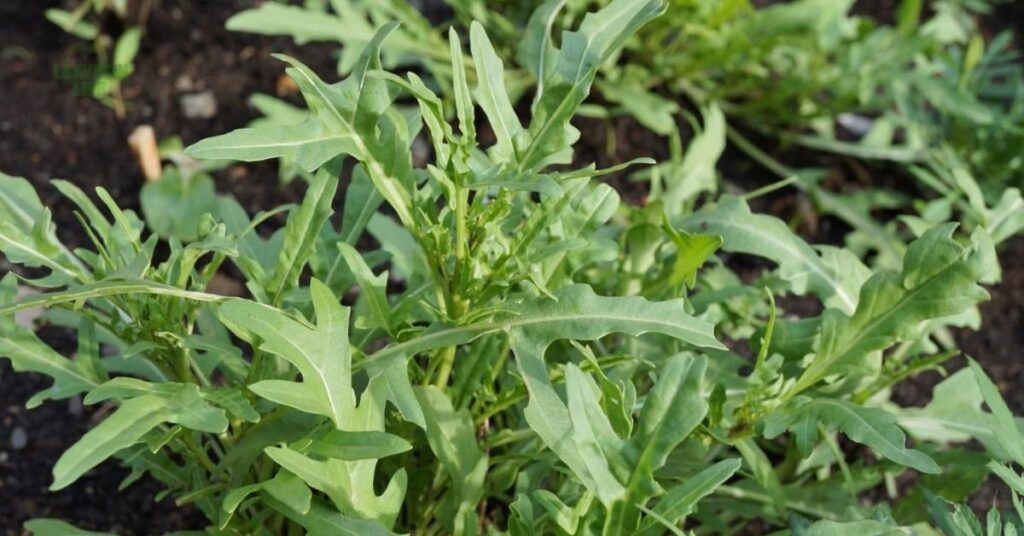
Arugula, also called Rocket, is one of the best vegetables to grow in September because it thrives in cooler weather. Its peppery, tangy leaves are a perfect addition to salads, sandwiches, and pasta, making it a popular choice for autumn gardens.
Soil Requirements for Arugula
To grow healthy and flavorful arugula, the soil must be fertile, well-drained, and rich in organic matter. Arugula thrives in fertile, well-drained soil, making it one of the best vegetables to grow in September.
Soil Type
- Arugula likes soil that is loamy and drains well. It can also grow in sandy or clay soil if you mix in enough organic matter to improve it.
Soil pH
- The best pH range is 6.0 to 7.0, which is slightly acidic to neutral. It can still grow in slightly alkaline soil, but growth may be slower.
Nutrients & Fertility
Arugula needs nutrient-rich soil, especially nitrogen for healthy leaves. Adding compost or well-rotted manure before planting makes it one of the easiest vegetables to grow in September for a quick harvest But don’t overdo nitrogen – too much can make the leaves taste bitter.
Moisture
- Arugula grows best with steady, regular moisture. Keep the soil evenly moist, but avoid waterlogging.
Organic Matter
Soil with plenty of organic matter is best because it holds water, drains well, and stays healthy.
Using mulch helps keep the soil moist and reduces weeds.
Benefits of Growing Arugula in September
- Cooler weather keeps Arugula from bolting.
- It grows fast and can be harvested within 3-4 weeks.
- Arugula grows well in both garden beds and containers.
Tips for Growing Arugula
- Sow the seeds directly into well-drained soil.
- Keep the soil moist to get tender leaves.
- Pick young leaves often to promote fresh growth.
Health Benefits of Arugula
- Provides vitamins A, C, and K that strengthen immunity and bones.
- Offers antioxidants that help protect the body from damage.
- Supports healthy digestion and gut function.
- Makes everyday meals more nutritious and fresh.
Pak Choi (Bok Choy)
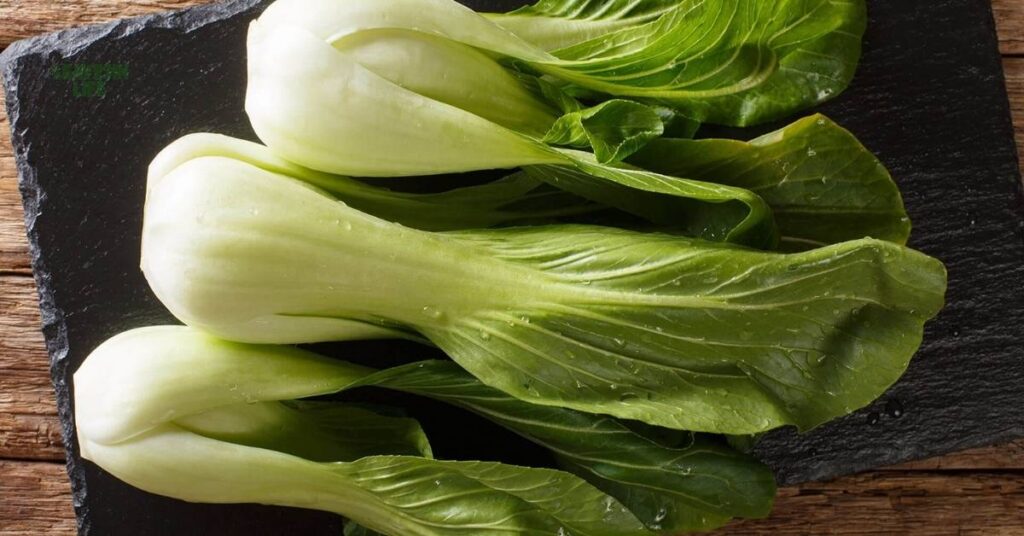
Pak Choi, also known as Bok Choy, is a popular Chinese leafy vegetable and one of the best vegetables to grow in September. With its crisp white stalks and tender green leaves, it adds a mild, fresh taste to soups, stir-fries, and salads.
Soil Requirements for Pak Choi
Pak Choi thrives in fertile, well-drained soil, making it one of the best vegetables to grow in September.
To grow healthy and tender Pak Choi, the soil should be fertile, moist, and well-drained.
Soil Type
- Prefers loamy, well-drained soil. Can also grow in sandy or clay soils if enriched with compost or organic matter.
Soil pH
- Ideal pH range is 6.0 to 7.5 slightly acidic to neutral. Too acidic soil can slow growth.
Nutrients & Fertility
- Needs nutrient-rich soil, especially nitrogen, for leafy growth, making it one of the best vegetables to grow in September.
- Add compost or well-rotted manure before planting to improve soil fertility.
- Avoid excessive nitrogen to prevent overly soft or bitter leaves.
Moisture
- Pak Choi requires consistent and regular watering. Soil should stay evenly moist but not waterlogged.
Organic Matter
- High organic matter improves soil texture and helps retain moisture. Mulching keeps the soil cool, moist, and reduces weeds.
Benefits of Growing Pak Choi in September
- September’s cool weather reduces the risk of bolting.
- Grows quickly and can be harvested within 30-45 days.
- Can be planted in both garden beds and containers.
- Continuous harvest possible by picking outer leaves first.
Tips for Growing Pak Choi
- Sow seeds directly in well-drained soil.
- Keep the soil consistently moist.
- Harvest young leaves often for fresh growth.
Health Benefits of Pak Choi
- A rich source of vitamin C to strengthen immunity.
- Packed with calcium and vitamin K for strong bones.
- Provides antioxidants that protect the body.
- Low in calories and great for weight management.
Kohlrabi – A Perfect Vegetable to grow in September

Kohlrabi, also known German Turnip, is one of the best vegetables to grow in September . This cool-season crop forms crisp, round bulbs above the soil, and both the leaves and stems are edible. With its mild, slightly sweet taste, it is perfect for salads, stir-fries, and soups.
Soil Requirements for Kohlrabi
Kohlrabi grows best in fertile, well-drained soil, making it one of the best vegetables to grow in September.
Soil Type
- Prefers fertile, well-drained loamy soil.
- Can also grow in sandy or clay soil if improved with organic matter.
Soil pH
- Ideal range 6.0 to 7.5 slightly acidic to neutral.
- Very acidic soils slow down growth.
Nutrients & Fertility
- Needs nitrogen and potassium rich soil for healthy bulbs.
- Add compost or well-rotted manure before planting.
- Avoid over-fertilizing to prevent bulbs from becoming woody.
Moisture
- Requires consistent moisture to produce tender, juicy bulbs.
- Avoid waterlogging, which can cause rotting.
Organic Matter
- Compost improves soil aeration and helps it hold moisture.
- Mulching keeps the soil moist and controls weeds.
Benefits of Growing Kohlrabi in September
- Cool weather keeps the bulbs tender and crisp.
- Harvest-ready in just 6-8 weeks.
- Can be grown easily in both garden beds and containers.
Tips for Growing Kohlrabi
- Sow seeds directly in fertile, well-drained soil.
- Keep the soil moist for steady and healthy growth.
- Harvest bulbs when they reach tennis ball size.
Health Benefits of Kohlrabi
- Rich in vitamin C, which helps strengthen the immune system.
- High in fiber, supporting smooth and healthy digestion.
- Contains antioxidants that protect the body from cell damage.
- Low in calories, making it an excellent choice for weight management.
Vegetables to grow in September: Collard Greens
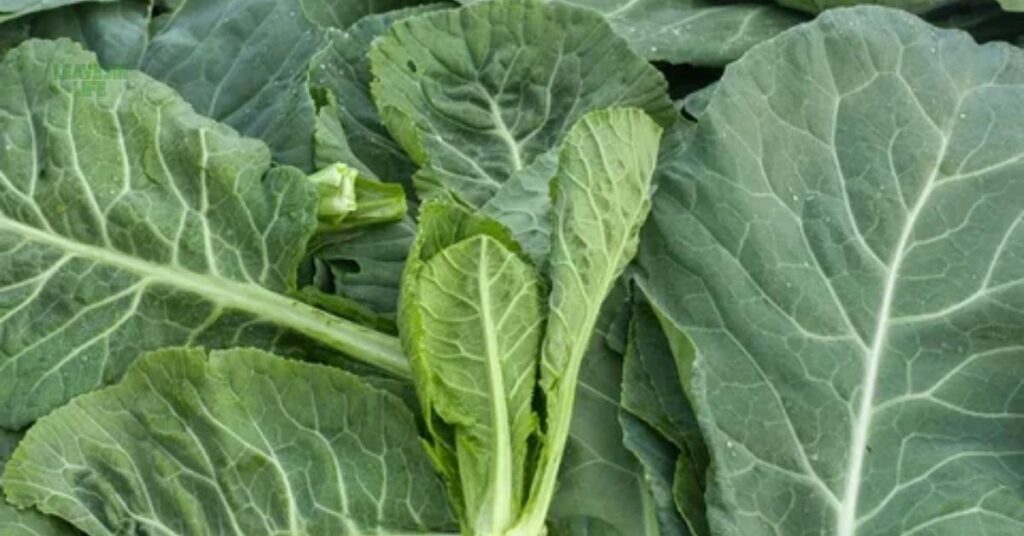
Collard greens are a leafy vegetable that grow very well in cool weather. They belong to the cabbage family and are rich in vitamins and minerals. Collard greens are one of the best vegetables to grow in September, as the moderate temperatures help them grow healthy and strong.
Soil Requirements for Collard Greens
Collard greens grow best in fertile, well-drained soil, making them one of the best vegetables to grow in September.
Soil Type
- Collard greens grow best in fertile, well-drained loamy soil.
- They can also be grown in sandy or clay soils if improved with organic matter.
- Soil enriched with compost supports tender and healthy leaf growth.
Soil pH
- The ideal pH range is between 6.0 and 7.5, which is slightly acidic to neutral.
- Growth may slow down if the soil is too acidic.
Nutrients & Fertility
- Collard greens need nutrient-rich soil, especially nitrogen for leafy growth.
- Adding compost or well-rotted manure before planting provides a natural nutrient boost.
- Avoid over-fertilizing, as it can cause excessive leaf growth with poor flavor
Moisture
- Consistent moisture helps the leaves stay tender and prevents stress, making it ideal for vegetables to grow in September.
- Keep the soil evenly moist, but avoid waterlogging to ensure healthy growth.
Organic Matter
- Compost improves soil structure, aeration, and water retention.
- Mulching around the plants helps keep the soil moist and suppresses weeds.
Benefits of Growing Collard Greens in September
- Cool weather helps the leaves stay tender and flavorful.
- Plants are hardy and can tolerate light frosts.
- Grow well in both garden beds and large containers.
Tips for Growing Collard Greens
- Sow seeds directly in fertile, well-drained soil enriched with compost.
- Keep the soil consistently moist for tender leaves.
- Harvest the outer leaves regularly to encourage continuous growth.
Health Benefits of Collard Greens
- Rich in vitamins A, C, and K that strengthen immunity and support bone health.
- High in fiber, which aids digestion and promotes gut health.
- Packed with antioxidants that help protect against cell damage.
- Low in calories but nutrient-dense, making them excellent for a healthy diet.
Fennel: One of the Best Vegetables to grow in September
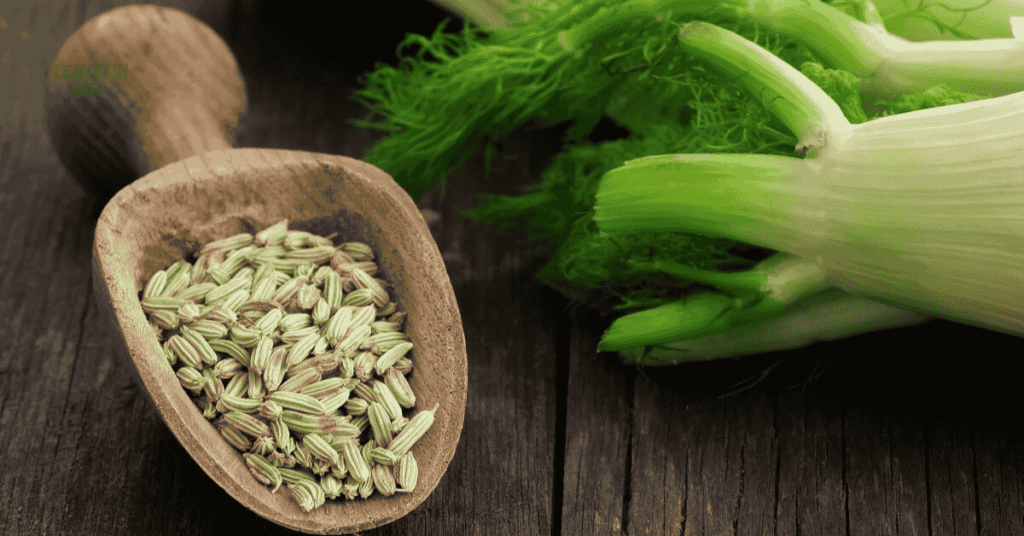
Fennel is a fragrant, cool-season vegetable known for its feathery leaves and crisp, bulb-like base with a mild anise flavor. Since it thrives in cooler weather, fennel is considered one of the most rewarding best vegetables to grow in September . Both its leaves and bulbs can be harvested and used in salads, soups, teas, and a variety of savory dishes.
Soil Requirements for Fennel
Fennel prefers well-drained, nutrient-rich soil, making it one of the best vegetables to grow in September.
Soil Type
- Fennel grows best in fertile, well-drained loamy soil.
- It can also grow in sandy soil if improved with compost or organic matter.
- Healthy soil ensures tender bulbs with a stronger flavor.
Soil pH
- The ideal pH range is 6.0 to 7.0, slightly acidic to neutral.
- Growth slows down in soil that is too acidic or alkaline.
Nutrients & Fertility
- Fennel needs nutrient-rich soil with a good balance of potassium and phosphorus.
- Adding compost or well-rotted manure before planting improves bulb size and taste.
- Avoid too much nitrogen, as it can lead to excessive leaves instead of bulbs.
Moisture
- Steady moisture is important for healthy, crisp bulbs.
- Keep the soil evenly moist but never waterlogged to prevent rot.
Organic Matter
- Compost improves soil structure, aeration, and water retention.
- Mulching helps maintain soil moisture, keeps it cool, and suppresses weeds.
Benefits of Growing Fennel in September
- Cool weather supports steady growth and prevents the bulbs from becoming tough.
- Both the bulbs and leaves are edible, adding flavor to many meals.
- Can be grown successfully in garden beds as well as large containers.
Tips for Growing Fennel
- Sow seeds directly into fertile, well-drained soil.
- Keep the soil evenly moist to encourage healthy growth.
- Harvest bulbs when they are firm and about the size of a tennis ball.
Health Benefits of Fennel
- Fennel is rich in vitamin C, which helps boost immunity.
- Its high fiber content supports digestion and gut health.
- Fennel contains natural antioxidants that protect the body from cell damage.
- Regular use of fennel may help reduce bloating and support better metabolism.
Celery – One of the Best Vegetables to Grow in September
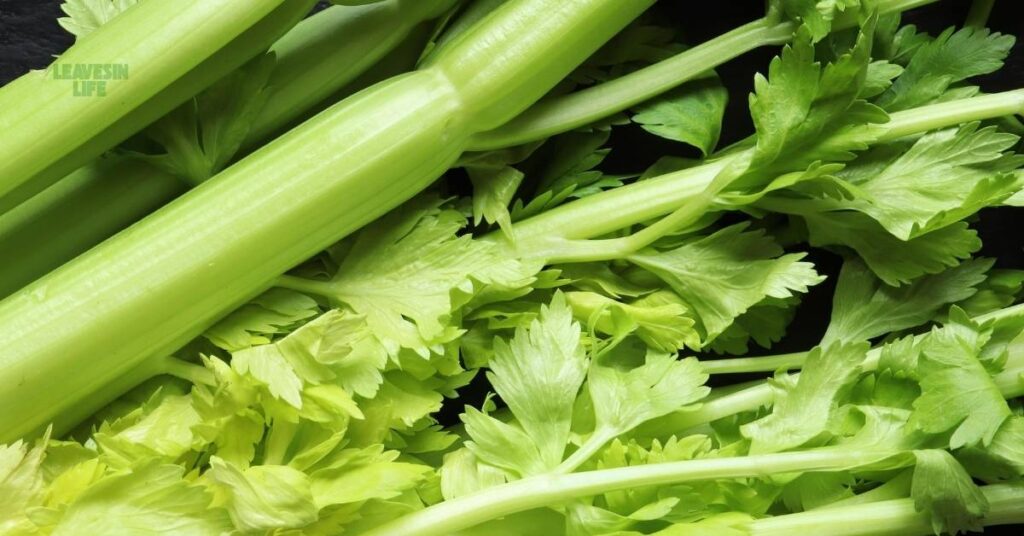
Celery is a cool-season vegetable known for its crisp stalks and refreshing flavor. It thrives in mild weather, which makes it one of the most reliable best vegetables to grow in September. With proper care, celery adds crunch to salads, soups, and healthy snacks straight from the garden.
Soil Requirements for Celery
Celery grows best in fertile, consistently moist soil, making it one of the best vegetables to grow in September.
Soil Type
- Celery grows best in rich, loamy, and well-drained soil.
- Soil improved with plenty of compost or organic matter helps produce tender stalks.
Soil pH
- The ideal pH range is 6.0 to 7.0, slightly acidic to neutral.
- Extreme acidity or alkalinity can affect flavor and growth.
Nutrients & Fertility
- Celery is a heavy feeder and needs fertile soil rich in nutrients.
- Adding compost or well-rotted manure before planting improves yields.
- A balanced fertilizer ensures healthy stalk development.
Moisture
- Consistent moisture is essential for crisp, juicy stalks.
- Keep the soil evenly moist, but avoid waterlogging to prevent root problems.
Organic Matter
- Compost improves soil aeration and water retention.
- Mulching helps keep the soil cool, moist, and weed-free.
Benefits of Growing Celery in September
- Cool weather supports steady, healthy growth.
- Ready to harvest in about 3-4 months.
- Can be grown in both garden beds and containers with proper care.
Tips for Growing Celery
- Sow seeds directly into fertile, moist soil.
- Thin seedlings to allow proper space for stalk growth.
- Keep watering regular to prevent tough or bitter stalks.
Health Benefits of Celery
- Rich in vitamin K, which supports bone health.
- Contains vitamin C to boost immunity.
- High in fiber that supports digestion and weight management.
- Naturally low in calories, making it a perfect diet-friendly snack.
Leeks -A Healthy and Best Vegetable to Grow in September
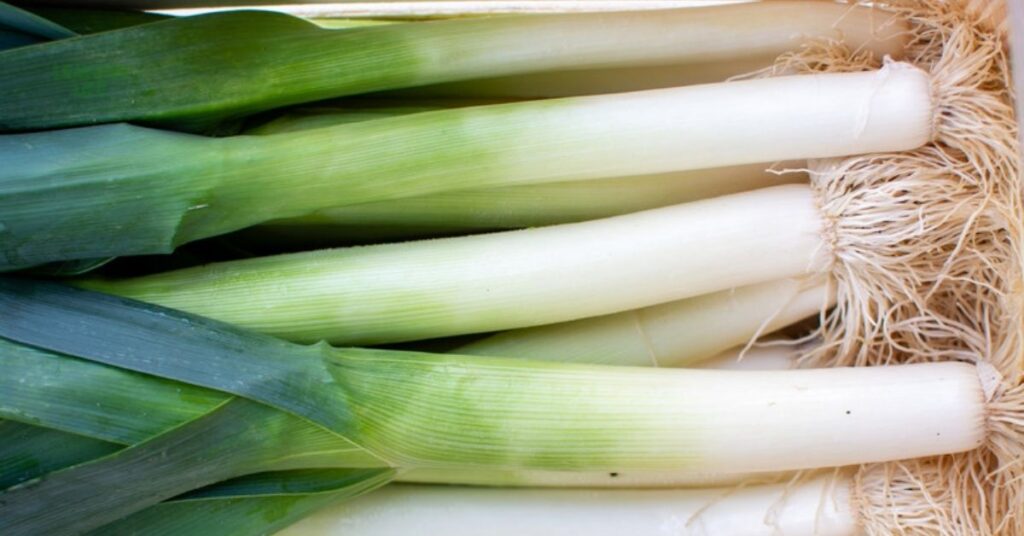
Leeks are one of the most versatile and flavorful best vegetables to grow in September . Known for their mild onion-like taste, they are perfect for soups, stews, and roasted dishes. Since leeks thrive in cool weather, September is the ideal time to grow them for a fresh autumn harvest.
Soil Requirements for Leeks
Leeks thrive in rich, well-drained soil, making them one of the best vegetables to grow in September.
Soil Type
- Leeks grow best in loamy, fertile, and well-drained soil.
- Adding compost or organic matter improves soil quality and ensures healthy stalks.
Soil pH
- The ideal pH range is 6.0 to 7.0, slightly acidic to neutral.
- Very acidic soil can slow down growth and affect flavor.
Nutrients & Fertility
- Leeks need nutrient-rich soil, especially high in organic matter.
- Mix compost or well-rotted manure before planting for stronger stalks.
- A balanced fertilizer can help improve yield and flavor.
Moisture
- Keep the soil consistently moist for tender, flavorful leeks.
- Avoid waterlogging, as it can cause root rot.
Organic Matter
- Compost helps with aeration and water retention.
- Mulching protects roots, conserves moisture, and reduces weeds.
Benefits of Growing Leeks in September
- Cool weather supports steady, healthy growth.
- They are hardy and can tolerate light frosts.
- Leeks can be stored for longer periods after harvest.
Tips for Growing Leeks
- Sow seeds directly or transplant seedlings into fertile soil.
- Hill soil gently around stems as they grow to encourage long, white stalks.
- Keep watering regular to maintain tenderness and flavor.
Health Benefits of Leeks
- Rich in vitamin K, supporting bone strength.
- Contains vitamin C, which boosts immunity.
- High in antioxidants that protect the body from cell damage.
- A good source of fiber, aiding digestion and gut health.
Brussels Sprouts – A Top Fall Vegetable to grow in September
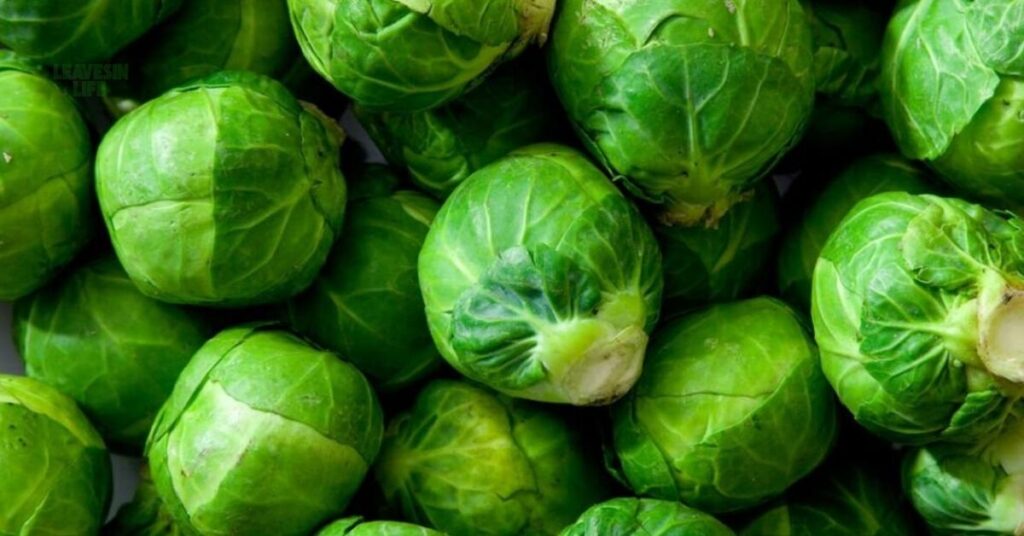
Brussels sprouts are one of the most rewarding best vegetables to Grow in September because they thrive in cool weather and taste even better after a light frost. With their mini-cabbage appearance and rich, nutty flavor, they are a favorite for roasting, steaming, or adding to hearty autumn meals.
Soil Requirements for Brussels Sprouts
Brussels sprouts grow best in fertile, well-drained soil, making them one of the best vegetables to grow in September.
Soil Type
- Grows best in rich, firm, and well-drained soil.
- Adding compost improves fertility and helps strong root development.
Soil pH
- The ideal range is 6.5 to 7.5, slightly acidic to neutral.
- This helps prevent diseases like clubroot.
Nutrients & Fertility
- Brussels sprouts are heavy feeders and need nutrient-rich soil.
- Incorporate compost or well-rotted manure before planting.
- A nitrogen-rich fertilizer helps produce strong leafy growth.
Moisture
- Requires consistent moisture for firm, flavorful sprouts.
- Avoid drought stress, which can make sprouts bitter.
Organic Matter
- Compost improves soil texture and water-holding capacity.
- Mulching conserves soil moisture and reduces weeds.
Benefits of Growing Brussels Sprouts in September
- Cool weather improves flavor and sweetness.
- Harvest extends into winter with steady growth.
- Produces high yields from a small garden space.
Tips for Growing Brussels Sprouts
- Plant seedlings in fertile, firm soil for strong support.
- Stake tall plants if needed to prevent bending.
- Remove lower leaves as sprouts form to improve air circulation.
Health Benefits of Brussels Sprouts
- Packed with vitamin C, boosting immunity.
- High in vitamin K, supporting healthy bones.
- Rich in antioxidants that fight cell damage.
- Provides plenty of fiber, promoting digestion and gut health.
Endive – Best Vegetable to Grow in September
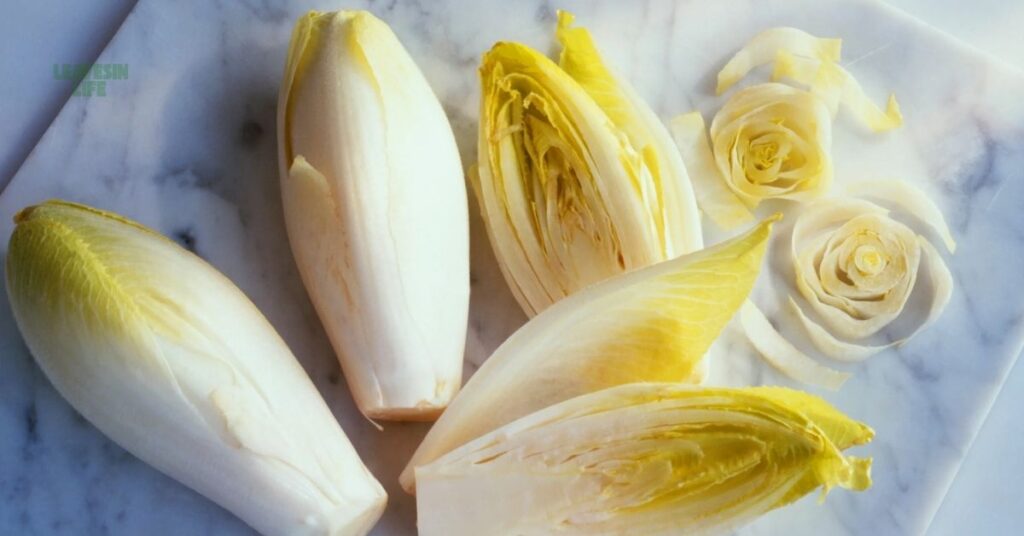
Endive is a crisp, leafy green that makes a refreshing addition to autumn salads and soups. With its slightly bitter yet unique flavor, it’s one of the best vegetables to grow in September. Cool weather helps endive develop tender leaves, making it a perfect choice for fall gardens.
Soil Requirements for Endive
Endive grows best in fertile, well-drained soil, making it one of the best vegetables to grow in September.
Soil Type
- Thrives in fertile, loamy, and well-drained soil.
- Adding compost makes the soil rich and improves leaf quality.
Soil pH
- Grows best in the 6.0 to 7.0 range slightly acidic to neutral.
- Balanced soil encourages strong, healthy growth.
Nutrients & Fertility
- Needs nutrient-rich soil, especially with nitrogen, for lush leaves.
- Mix in organic compost or well-rotted manure before sowing.
Moisture
- Requires consistent watering to keep leaves crisp and tender.
- Irregular watering can increase bitterness.
Organic Matter
- Compost boosts aeration and water retention.
- Mulching helps maintain soil moisture and suppress weeds.
Benefits of Growing Endive in September
- Cooler weather reduces bitterness and improves flavor.
- Ready for harvest in just a few weeks.
- Grows well in both containers and garden beds.
Tips for Growing Endive
- Sow seeds directly into moist, fertile soil.
- Thin seedlings to give plants enough space.
- Water regularly to maintain leaf tenderness.
Health Benefits of Endive
- Rich in vitamin A, supporting healthy eyes and skin.
- High in vitamin K, which strengthens bones.
- Provides fiber that supports digestion.
- Contains antioxidants to help protect cells from damage.
Conclusion
Growing vegetables in September is one of the best ways to enjoy fresh food from your garden. Cool-season crops like arugula, collard greens, pakchoi, endive, kohlrabi, fennel, celery, leeks, and Brussels sprouts grow well in this month and are easy to care for. By choosing the best vegetables to grow in September, you can enjoy quick harvests, healthy meals, and a garden full of flavor all season long.
FAQs
Q1: What vegetables can I still plant in September?
You can plant arugula, pak choi, collard greens, kohlrabi, fennel, celery, leeks, Brussels sprouts, and endive.
Q2: Is September too late to start a vegetable garden?
No, many cool-season vegetables grow best when planted in September.
Q3: Which vegetables grow the fastest in September?
Arugula and pakchoi are ready to harvest in just 3-4 weeks.
Q4: Can I grow September vegetables in containers?
Yes, leafy greens and smaller vegetables grow very well in pots or containers.
Q5: Do I need to cover vegetables in September from frost?
Only if heavy frost is expected, light frost can actually improve flavor.
For more tips, check out guide on Vegetables to plant in August
Next, see the best vegetables to grow in October.

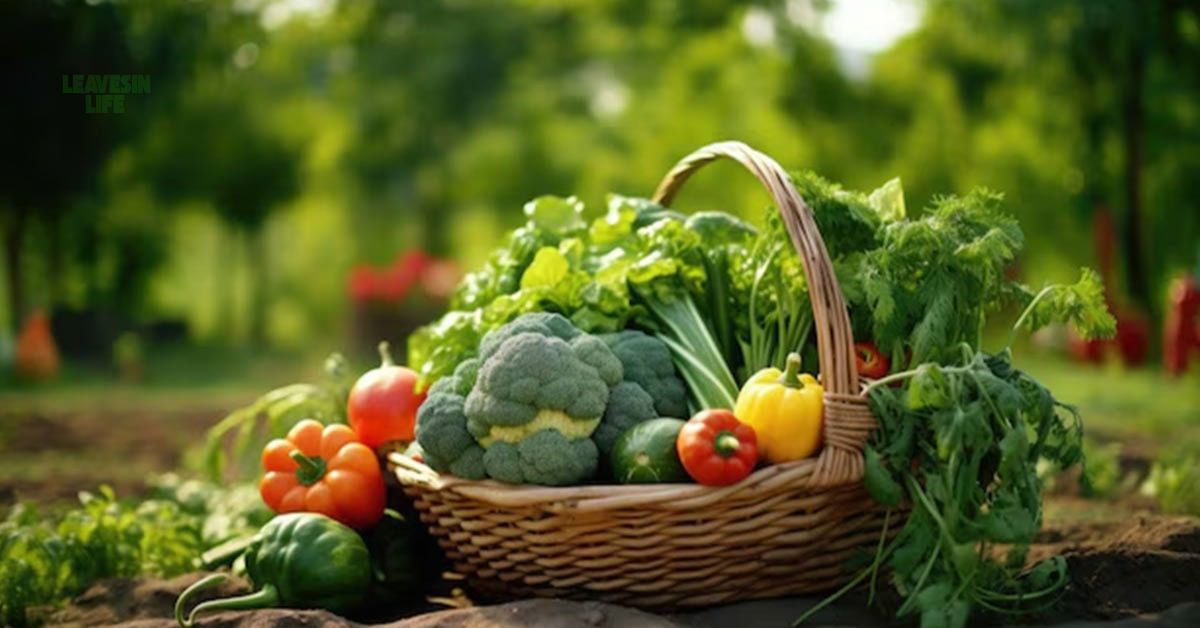



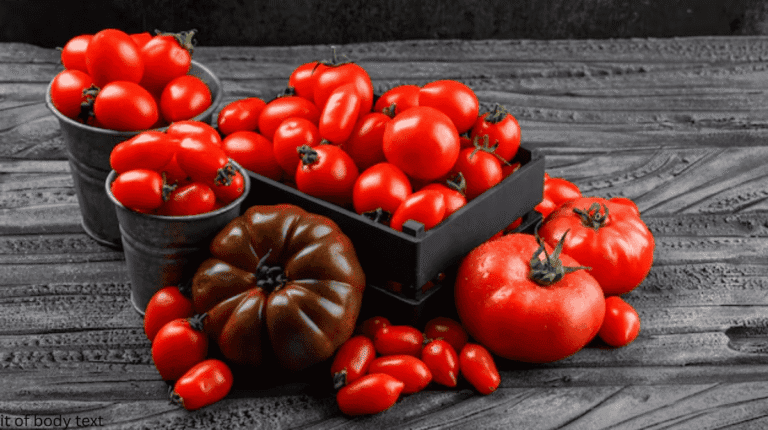
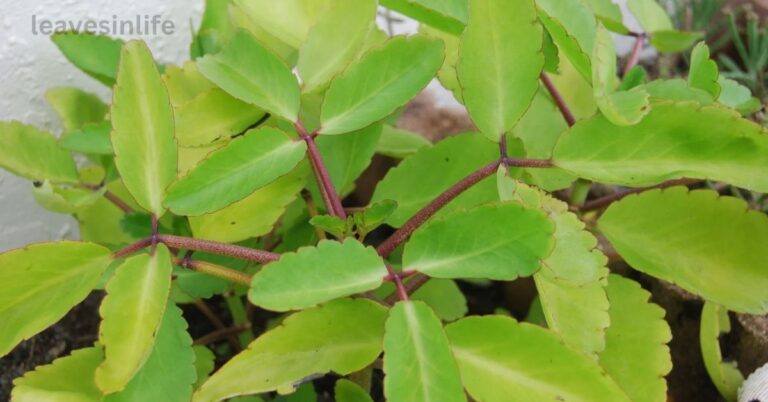
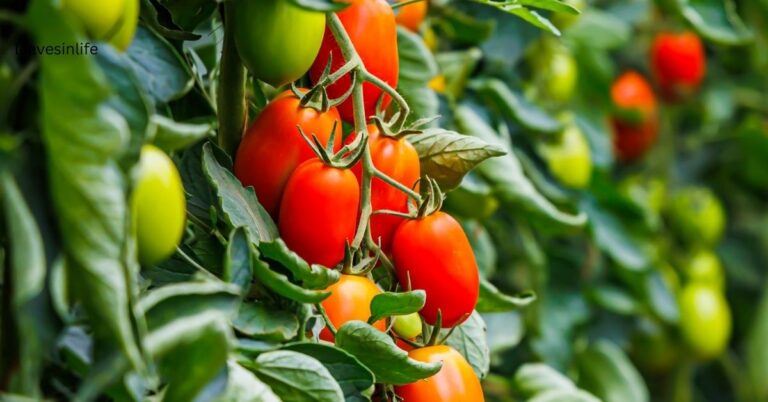
3 Comments
Comments are closed.